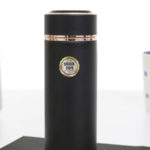Caring for your car is essential, and that includes regular maintenance and washing. Most city dwellers opt for a car wash, as it’s less convenient to wash your car yourself. If you’re taking your car to a car wash, there are three areas that are often overlooked, so be sure to inspect these areas carefully to avoid being scammed by the car wash attendants.

First: Mudguards
This area, closest to the wheels, is the easiest to get dirty but often the most neglected. Careless car owners may not even pay attention to this area, focusing only on what they can see. As the wheels come into direct contact with the ground, dirt, water, and grime from the road are bound to splatter onto the mudguards. This includes grease stains. If you encounter this in the future, there’s no need to worry. Many car owners notice grease stains on their mudguards after a wash, assuming there’s an internal leak, but this is often not the case.

First, check for any oil lines around the wheels. If there are none, then inspect the steering axis for damage and oil leaks. If there are none of these issues, it’s likely that the car wash attendants applied wheel wax during the wash, and when the wheels spun at high speeds, it flung onto the mudguards. In this case, don’t panic. It just means that the mudguards were very dirty, and next time, you should remind the attendants to clean this area thoroughly, or the mudguards may suffer corrosion.
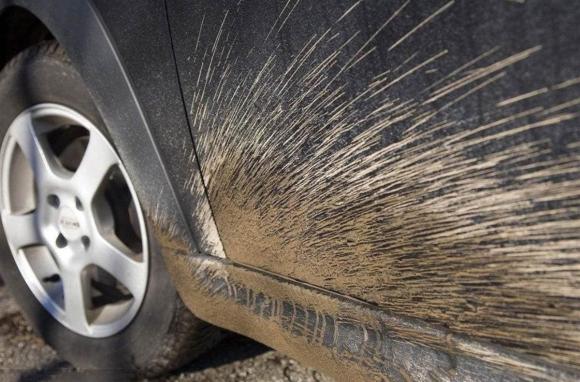
Second: Engine Bay
Many car owners believe that the engine bay can’t be cleaned, but this is a mistake. Of course, you need to control the level of cleanliness. The engine bay often accumulates leaves, dirt, and grime, which, if left unattended, can affect the electrical system. If you’re worried about issues arising from cleaning the engine bay, we’ve got a tip for you: you don’t actually have to wash it. After parking your car, simply cover it with a car cover. This will keep leaves and debris out, and when you remove the cover, you’ll find a clean engine bay.
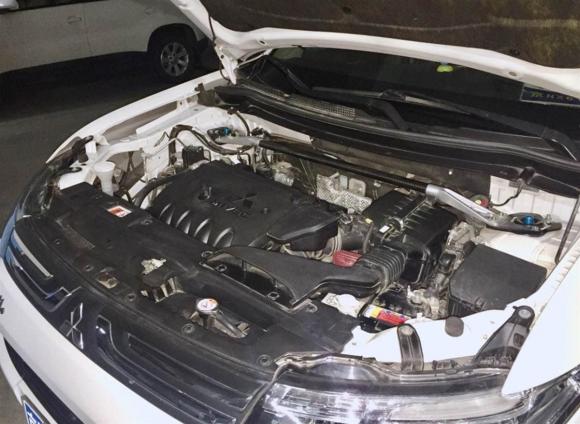
Continue reading after the ad
However, for those who drive their cars daily, using a car cover can be inconvenient. So, for those who drive frequently, this tip may not apply. To clean the engine bay, simply ask the car wash attendants to include it in the wash. They will likely use an air gun to blow out the twigs and leaves, followed by a water rinse. Although the engine is sealed, avoid continuous, high-pressure water spraying. A quick rinse will not only clean the engine bay but also protect the engine.
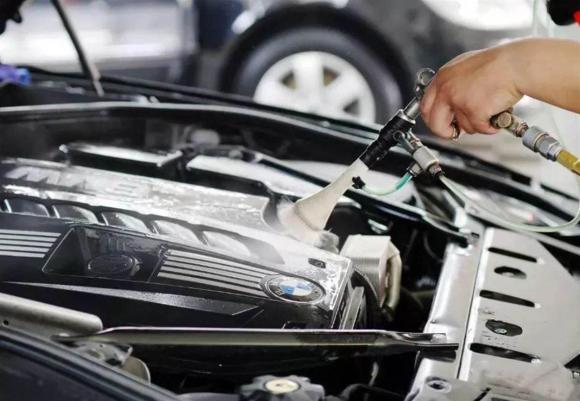
Third: Rearview Mirror Corners
Don’t neglect the corners of your rearview mirrors, as they can be easily overlooked. These areas are harder to wipe down, so they should be cleaned last. During the car wash, water will flow down the glass and onto the corners of the mirror housings, so remind the attendants to pay attention to these areas. Additionally, when washing your car, ensure that the towels or cloths used are soft. A rough surface can scratch the paint, and while these scratches may not be immediately visible, repeated scratching will affect the aesthetics of your car over time.
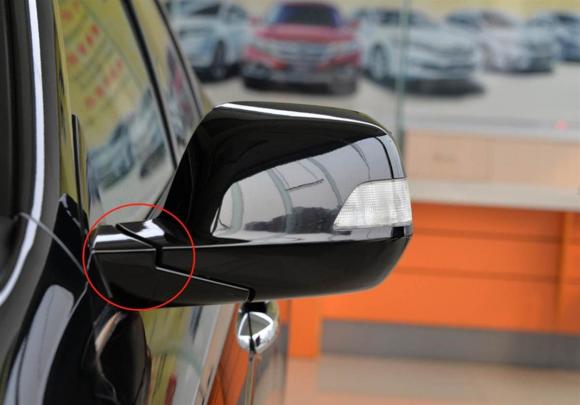
According to Bao Ve Cong Ly
Is It Necessary to Wash New Clothes Before Wearing Them?
Is it harmful to wear new clothes without washing them first? And is it necessary to wash clothes before wearing them for the first time?
The age-old question: to wash or not to wash? That is the dilemma many face when eager to don their new purchases. But is there a hidden health hazard in donning those untouched threads? It’s time to uncover the truth and rewrite the intro with a fresh, engaging twist.
The Ultimate Guide: Transform Your Steamer into a Sparkling, Odor-Free Treasure with These Simple Hacks
Introducing the ultimate guide to cleaning and deodorizing your bamboo steamer – a notoriously tricky kitchen tool to keep pristine. With these easy-to-follow tips and tricks, you’ll have your steamer sparkling and odor-free in no time. Say goodbye to stubborn stains and unpleasant smells, and hello to a fresh, clean steamer!
How to Use Your New Vacuum Flask the Right Way
Introducing the ultimate guide to extending the lifespan of your brand new vacuum flask. Uncover the secrets to maintaining your flask’s pristine condition and optimal performance. This comprehensive article will reveal the essential do’s and don’ts, ensuring your flask remains your trusted companion for years to come. Learn how to care for your flask from day one and enjoy its benefits to the fullest.





























